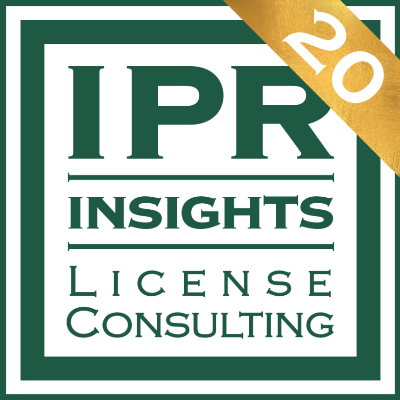Moving from CapEx to OpEx will be an objective for more and more companies. It is also the business ambition of the major software vendors to move from traditional perpetual licensing (often a one-off, unpredictable revenue stream) to more predictable and recurring subscriptions as soon as possible.
Some vendors achieve this transition by eliminating and marginalizing perpetual licensing models, while others lure the transition with a very attractive start-up period or by offering the redeemability of previous perpetual licenses.
VMware, acquired by Broadcom earlier this year, also took a big step forward this summer when it announced vSphere+ and vSAN+ subscriptions, which have since become available, with vSphere being the most significant server virtualization platform to date and vSAN offering software-defined virtualization of storage.

It’s not just that perpetual vSphere and vSAN licenses have become available as subscriptions (1, 3, and 5-year commits) on a core basis (a vSphere+ subscription is essentially equivalent to a vSphere Enterprise Plus license with “built-in” Production Support), nor that their on-prem vSphere environment is being moved to the cloud.

For customers who are already using vSphere, there is also no complicated migration process. Technically, all that is required is to set up a Cloud Gateway appliance that provides the connection between the vCenters (max. 4) and the Cloud Console (central management interface). And if you also manage a vSAN cluster with your vCenter, you will also need a vSAN+ subscription.
And with Cloud Console, you can get a comprehensive view of all available resources in your VMware environment, centralized alerts, a unified event log, and global inventory, VMs created from the cloud, centralized vCenter upgrade capability, and developer services (mainly related to containerization – a centralized graphical interface for Kubernetes Clusters and running VMs and Kubernetes applications together with Tanzu Mission Control and Tanzu Standard Runtime Edition). License managers will be particularly pleased that vSphere license keys will no longer be required!

A very important change is the introduction of core-based licensing for these subscriptions, instead of the previous socket-based licensing. Similar to many other vendors who have already moved to this (e.g. Microsoft with Windows Server 2016), there is a 16-core minimum, understood per physical processor.
This is also the basis of the calculation (as measured by the hourly), our subscription is determined by the number of cores per processor (min 16), CPU count per host, and the number of ESXi hosts multiplied by the number of cores per host. In some cases, it is also possible to overage, in which case the overage shown by the hourly measurements will be invoiced the following month.

We will have the possibility to convert our perpetual vSphere Enterprise and Enterprise Plus licenses (1 CPU = 16 Core ratio) if we are still in an active SnS period. In this case, the old licenses must be deleted, the process is one-way, and there is no way back!

Mixed usage (keeping a part of our legacy vSphere environment) is also possible, but be aware that the vCenters (vCenter Lifecycle) that come for free with the subscription do not handle this environment, for these, we need to keep some of our legacy vCenters.
The question arises, for whom and when is it worth switching?
For those who bought only the first and mandatory SnS period with their perpetual licenses, and hasn’t renewed it at all since then, I don’t think it is worth the switch.
If you are a new customer and live with the idea of always being on the latest version and need Production level support for the long term, the offer is definitely worth considering.
It may also be of interest to customers who use vSphere in multiple clouds or have multiple sites, or even multiple vCenters, precisely in the context of the global management tools provided by the Cloud Console mentioned above.
The main driver may be our company’s desire to treat our IT expenditure as an OpEx cost.

The most appropriate time to make the switch is of course the end of the SnS (or the end of the ELA contract for enterprises).
As an add-on, you can also request other SaaS (paid) services, such as VMware Cloud Disaster Recovery.
The number of products available in the subscription will grow soon, with the recent announcement of the VMware Cloud Foundation+ subscription (an “ultimate” bundle from VMware’s datacenter portfolio – vSphere, vSAN, NSX, vRealize, with an SDDC Manager), which will be complemented by the soon to be announced vCloud Suite+ bundle.






































